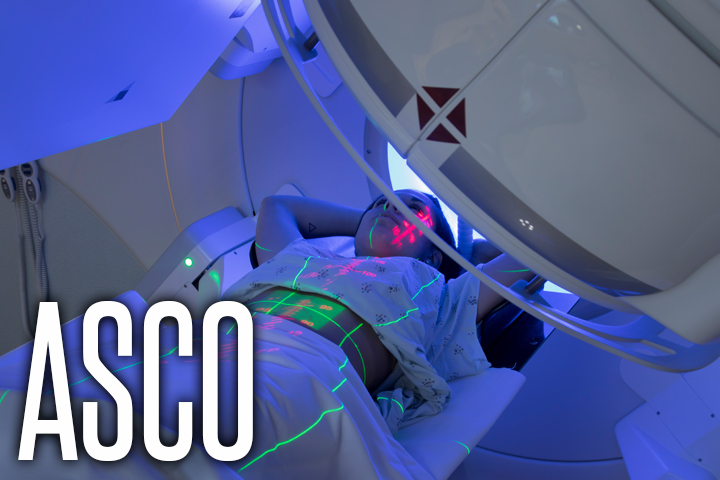According to results of a prospective, randomized clinical trial of selected patients with platinum-sensitive, recurrent ovarian cancer assigned to receive second-line platinum-based chemotherapy preceded by secondary cytoreductive surgery versus not, OS was significantly longer for those in the former group who achieved complete resection (CR) compared with those receiving chemotherapy alone. These findings were presented during the ASCO20 Virtual Scientific Program.
Results of a previously conducted phase 3 trial of patients with investigator-determined resectable, platinum-sensitive recurrent ovarian cancer (Gynecologic Oncology Group 213) found no difference in OS for those randomly assigned to receive secondary cytoreductive surgery followed by platinum-based chemotherapy or platinum-based chemotherapy alone.
The prospective, multicenter, open-label, randomized study presented here (DESKTOP III; ClinicalTrials.gov Identifier: NCT01166737) used the Arbeitsgemeinschaft Gynaekologische Onkologie (AGO) score, a validated assessment of resectability characterized by an Eastern Cooperative Oncology Group (ECOG) performance status of 0, ascites of 500 mL or less, and complete resection at initial surgery, to select patients with AGO-positive disease following first relapse for study enrollment. Selected patients were then randomly assigned to receive secondary cytoreductive surgery with maximum effort toward achievement of a CR or no surgery. Second-line platinum-based combination chemotherapy was then strongly recommended for both study arms. The primary study endpoint was OS and secondary study endpoints included progression-free survival (PFS).
Of the 408 patients included in the study, approximately 75% had a platinum-free interval of over 12 months. There were 206 patients assigned to the surgery arm, with over 90% of these patients undergoing surgery and 74.2% achieving a macroscopic CR. Nearly 90% of study patients overall received second-line platinum-based chemotherapy.
Median OS in the intent-to-treat population was 53.7 months and 46.0 months for those treated with and without surgery, respectively (hazard ratio [HR], 0.75; 95% CI, 0.58-0.96; P =.02). Notably, median OS for the subgroup of patients in the surgery arm who achieved CR versus an incomplete resection was 61.9 months and 28.8 months, respectively (HR, 0.40; 95% CI, 0.28-0.59; P <.001). In addition, median OS in the subgroup achieving a CR with surgery was 61.9 months compared 46.0 months for those patients in the no surgery arm (HR, 0.57; 95% CI, 0.43-0.76; P <.001).
Median PFS was also significantly higher in the surgery arm (18.4 months) compared with the no surgery arm (14.0 months; HR, 0.66; 95% CI, 0.54-0.82; P <.001).
Regarding safety, the 90-day mortality rates were 0.5% for those undergoing surgery and 3.7% for patients in the surgery arm who required relaparotomy.
“The benefit [of surgery] was exclusively seen in [patients] with CR indicating the importance of both the optimal selection of [patients] (eg. by AGO score) and of centres with expertise and a high chance of achieving a CR,” the authors concluded.
This article was published by Cancer Therapy Advisor.


